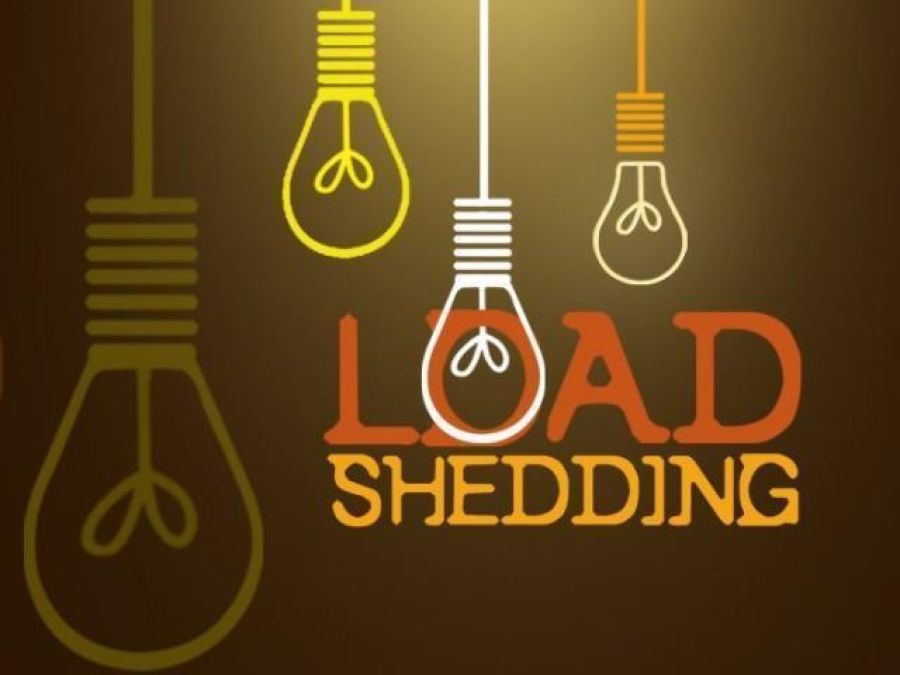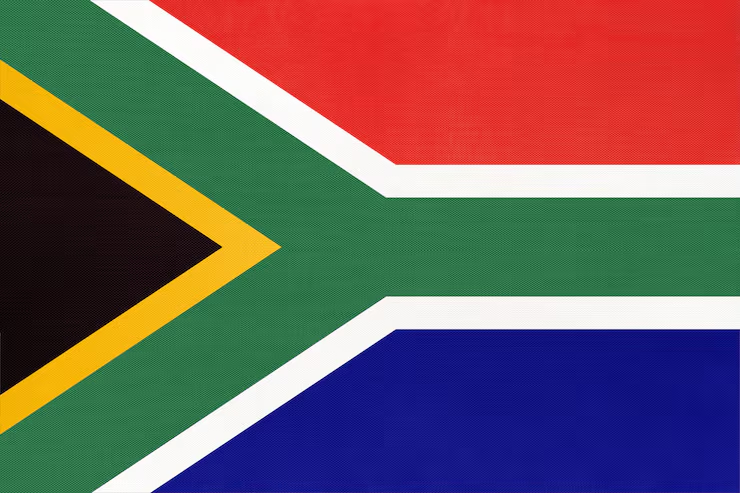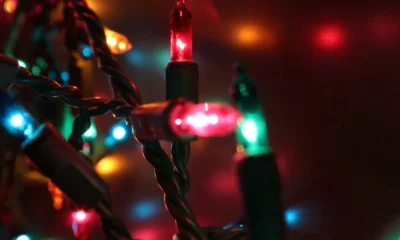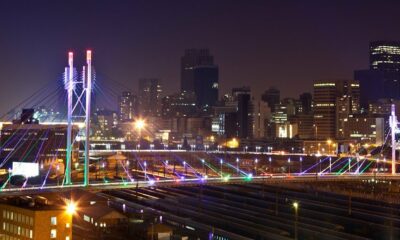Best of Johannesburg
Why Load Shedding Still Happens in Joburg (2025)

Power outages have become a frustrating part of daily life in Johannesburg – and the problem isn’t going away anytime soon. Load shedding remains a reality in 2025 due to a combination of old infrastructure, delayed energy projects, and growing demand on the grid.
Let’s break down what’s causing the power cuts, how they affect residents, and what needs to happen to change the situation.
What Exactly Is Load Shedding?
Load shedding is a controlled power outage – done intentionally to prevent a complete collapse of the electricity grid. When demand outpaces supply, electricity is switched off in stages across different areas to reduce pressure on the system.
“Think of it as controlled disruption to avoid total disaster.”
Why Load Shedding Is Still a Problem in Johannesburg
1. Ageing Power Infrastructure
Most of Eskom’s coal-fired power stations are decades old and prone to breakdowns. Maintenance backlogs mean many units fail without warning.
2. Delays in New Power Projects
Large-scale energy projects like Medupi and Kusile are still incomplete or underperforming. These were meant to boost generation but continue to miss targets.
3. Rising Electricity Demand
Johannesburg’s rapid urban growth, rising population, and heavy winter usage all put increasing strain on the national grid.
4. City Power’s Struggles
Local supplier City Power is also under pressure – with limited funding, infrastructure issues, and cable theft compounding Eskom’s problems.
Also read: Who Supplies Electricity in Johannesburg: City Power or Eskom?
How Load Shedding Affects Daily Life in Joburg
Residents across the city are dealing with far more than inconvenience:
-
Work and School Interruptions: Online meetings, Zoom classes, and remote work are often cut short.
-
Health & Safety Risks: Power outages affect clinics, hospitals, security systems, and traffic lights.
-
Appliance Damage: Repeated surges can damage TVs, routers, fridges, and more.
-
Extra Costs: Backup power solutions like inverters, batteries, or generators cost thousands to install and maintain.
-
Small Business Losses: Local shops, salons, and restaurants often lose hours of productivity and perishables.

Image 1: George Herald
The Real Fix: What Needs to Happen
Solving load shedding isn’t quick – but it is possible. Key solutions include:
-
Complete Delayed Power Stations: Kusile and Medupi must come fully online and meet generation targets.
-
Fix What’s Already Built: Ongoing maintenance and fast-tracked repairs can help stabilise supply.
-
Support Independent Producers: IPPs (Independent Power Producers) must be given space to contribute to the national grid.
-
Invest in Local Infrastructure: City Power needs support to upgrade its grid and protect cables from theft.
-
Encourage Energy Efficiency: Awareness campaigns and incentives for reduced energy usage can help lower pressure on the system.
What Can Joburg Residents Do?
While we can’t fix the grid ourselves, we can take steps to cope:
-
Use surge protectors and unplug devices during outages.
-
Check the load-shedding schedule to plan work, meals, or errands.
-
Invest in affordable backup lighting or small UPS systems.
-
Report faults and outages to City Power for quicker response.
“Load shedding might be part of life in Joburg right now – but it doesn’t have to be the future.”
Also read: How to Survive Load Shedding in Johannesburg (2025 Edition)
Follow Joburg ETC on Facebook, Twitter , TikTok and Instagram
For more News in Johannesburg, visit joburgetc.com
Source: Loadshedding.com, South African Government
Featured Image: Cape Town Central City Improvement District


























